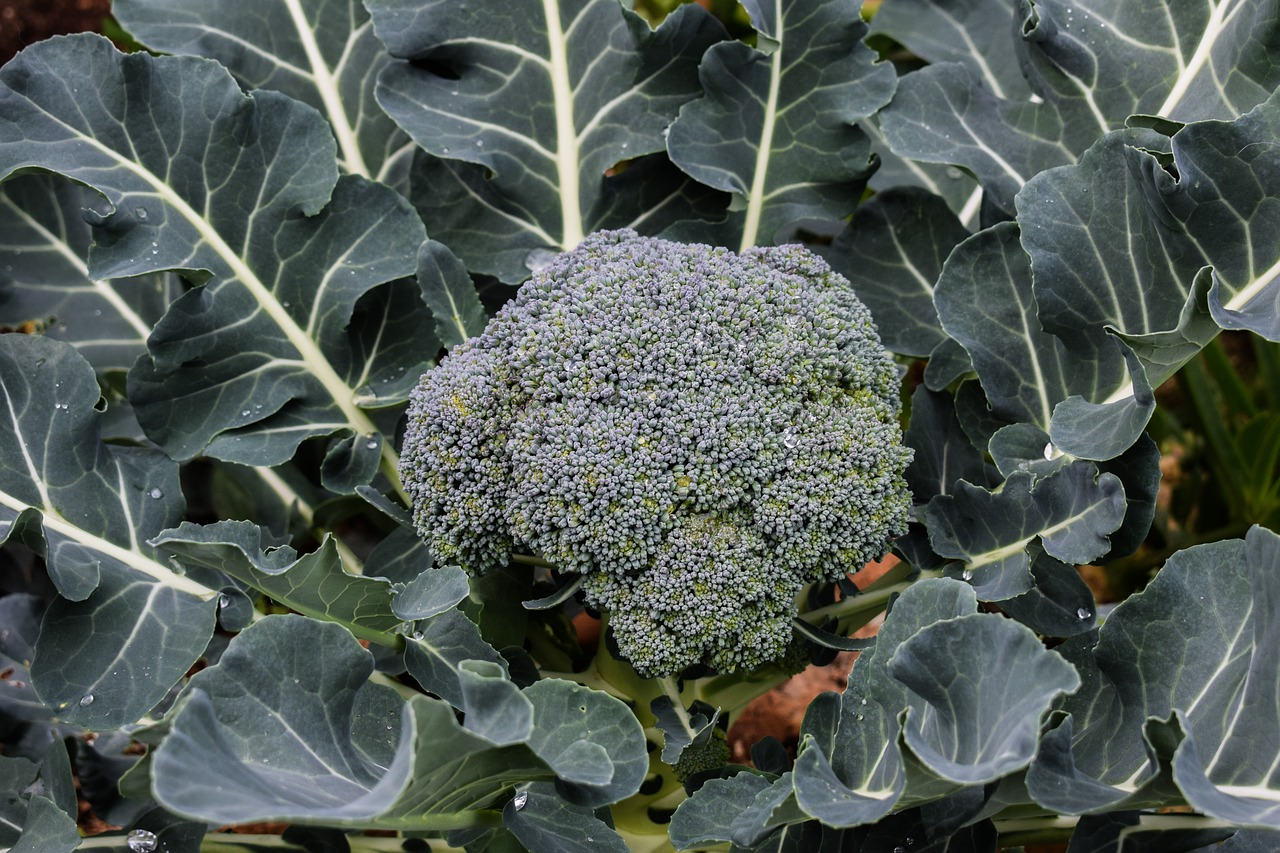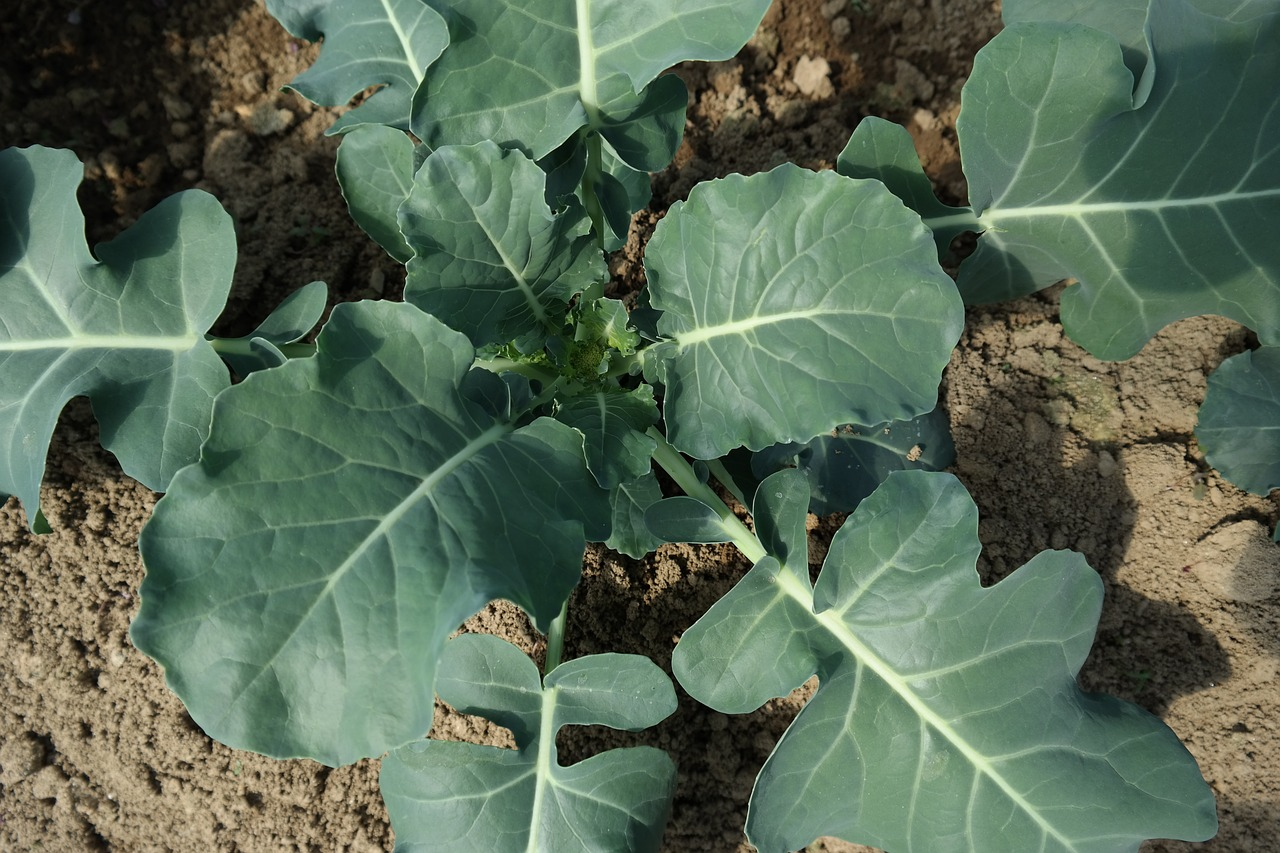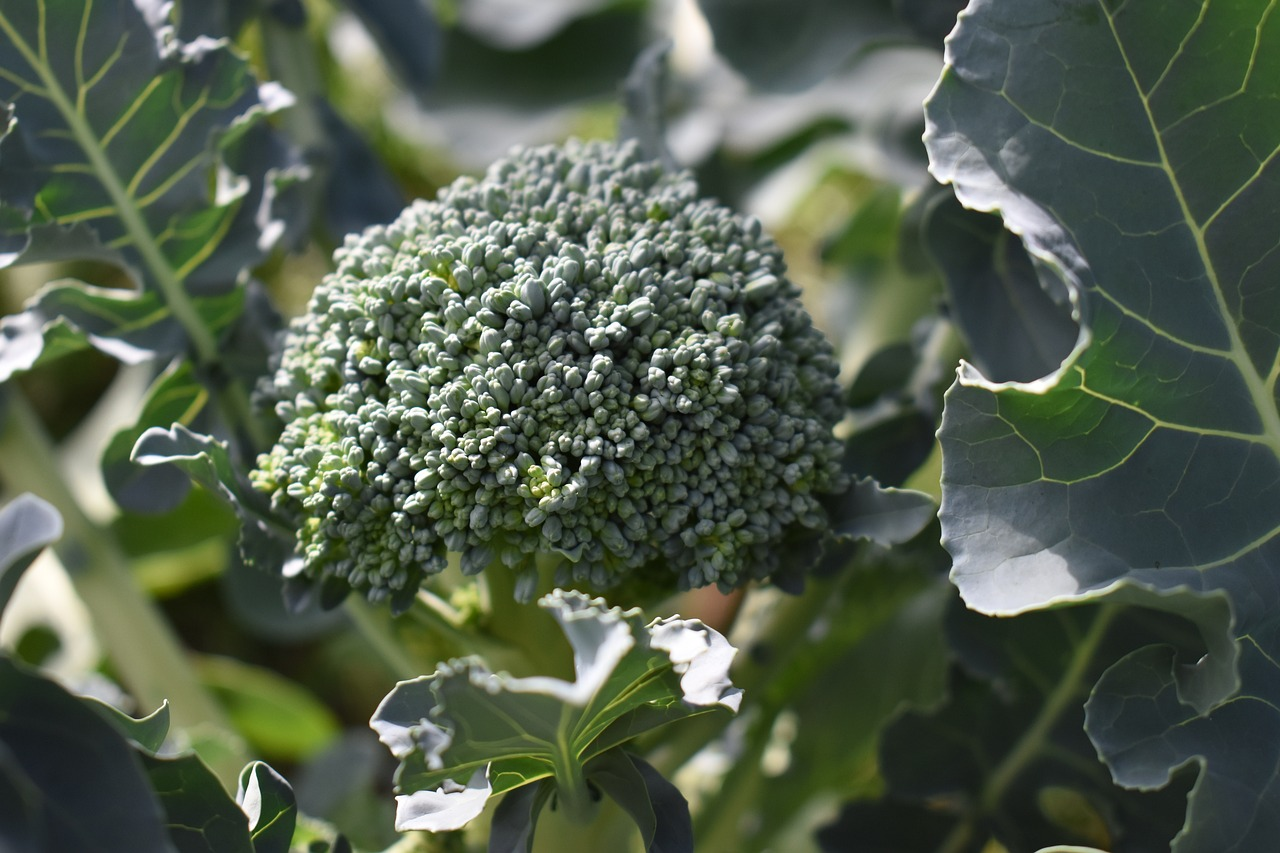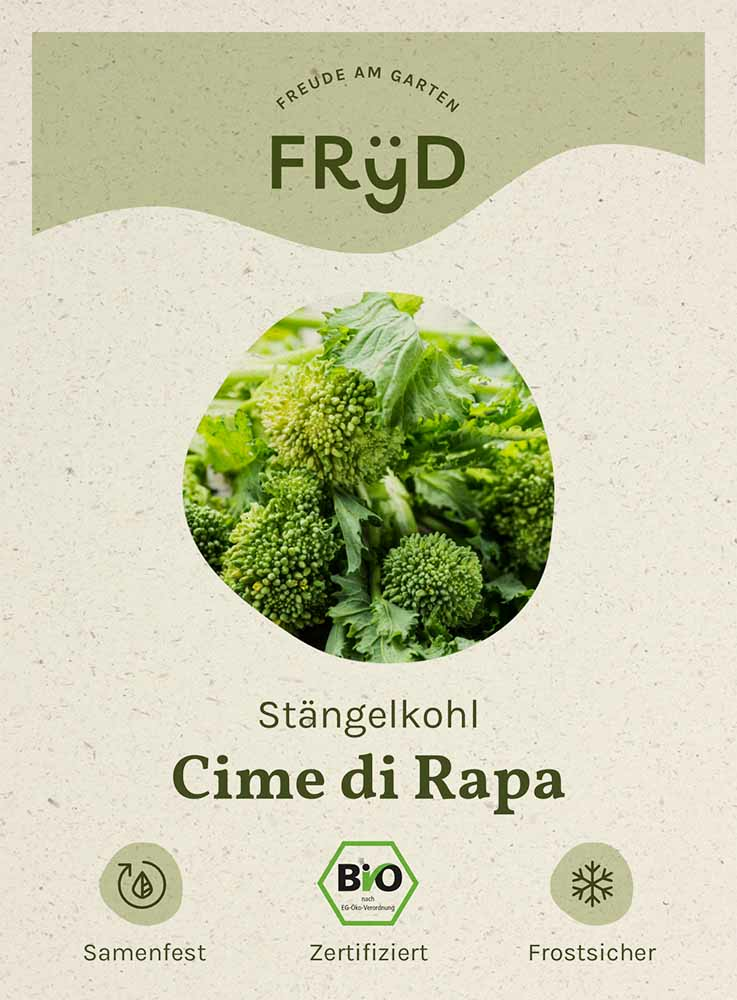Planting & harvesting broccoli
What you need to know
Broccoli (Brassica oleracea var. italica) is part of the cruciferous family (Brassicaceae) and is therefore closely related to other types of cabbage such as cauliflower, Brussels sprouts and pointed cabbage. Growing broccoli in your own garden is worthwhile as it is rich in vitamins, minerals and antioxidants, making it a healthy side dish. In warmer climates, broccoli grows as a perennial plant that sprouts again and again. In our latitudes, however, it is often grown as an annual vegetable.
Location & floor

Broccoli is a heavy eater with a high nutrient requirement. This deep-rooted plant therefore needs a deep, loose and humus-rich soil in order to thrive. The water supply should be good and regular for healthy growth. Therefore, medium-heavy, loamy soils are best suited. It is best to choose a sunny to semi-shady location for your broccoli plant.
Preplanting & sowing broccoli: how it works

Start your cultivation one to two months before the planned planting. For early varieties, start between February/March and late varieties can be grown until July. Place two to three seeds in pots with nutrient-poor potting compost. Although broccoli is a dark germinator, the seeds are quite small, which is why they should not be planted too deep in the soil. The sowing depth should be around 0.5 cm. Now water carefully and keep the seedlings evenly moist. At temperatures between 15 and 20 degrees, the small seeds should germinate within up to 10 days.
Planting broccoli: Spacing & timing

As soon as your broccoli seedlings are big enough, you can plant them outdoors. To do this, they should have developed at least 4 to 6 true leaves after the cotyledons, which usually takes between 6 and 8 weeks. The time for planting varies greatly depending on the variety. Some varieties are planted in spring between April and May, while there are also late varieties that can be planted as late as September. The best time to plant out your variety can be found on the seed packet. When planting out, make sure you leave enough space between plants so that they can develop properly as they grow. We recommend a planting distance of 45 to 60 cm, depending on the variety. You should leave between 45 and 50 cm between the rows.
Harvest time: tips for harvesting broccoli

Harvesting broccoli is very easy! Simply cut off the mature broccoli head with a sharp knife as soon as it is ripe. Cut off the head of the main shoot together with about 15 cm of the stem, which makes it easier to store the broccoli head. After harvesting the broccoli head on the main shoot, many broccoli plants develop further smaller side shoots with small heads, which you can also harvest at a later date. The harvest time varies greatly from variety to variety. Early varieties, which are planted between April and May, usually ripen from July to the beginning/end of October. Late varieties that are planted in the bed over the winter or late fall can then be harvested from November to May. You can usually find the exact harvest window on the seed bag to give you an initial indication.
Titelbild von Erol auf Pixabay.


